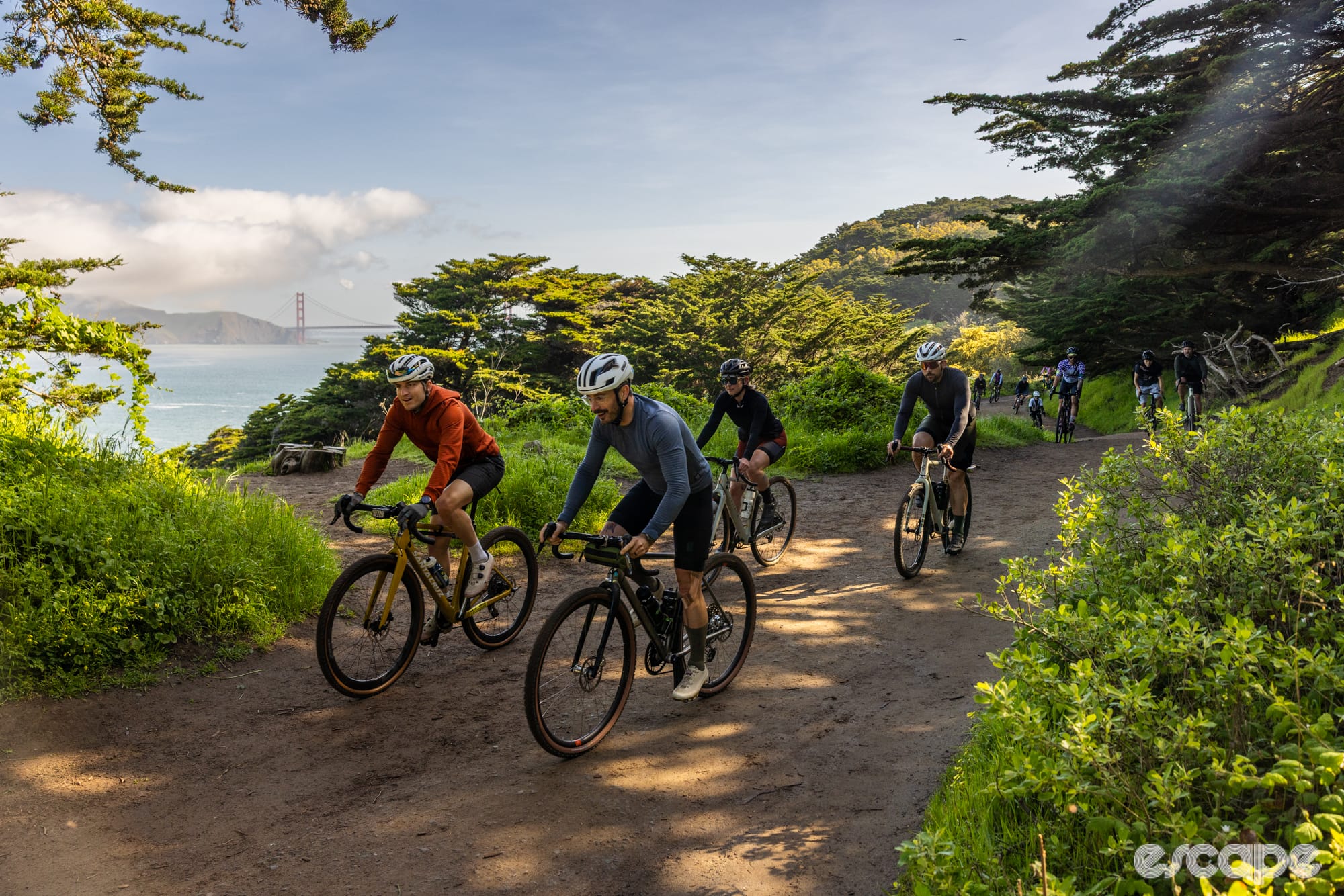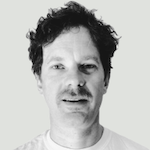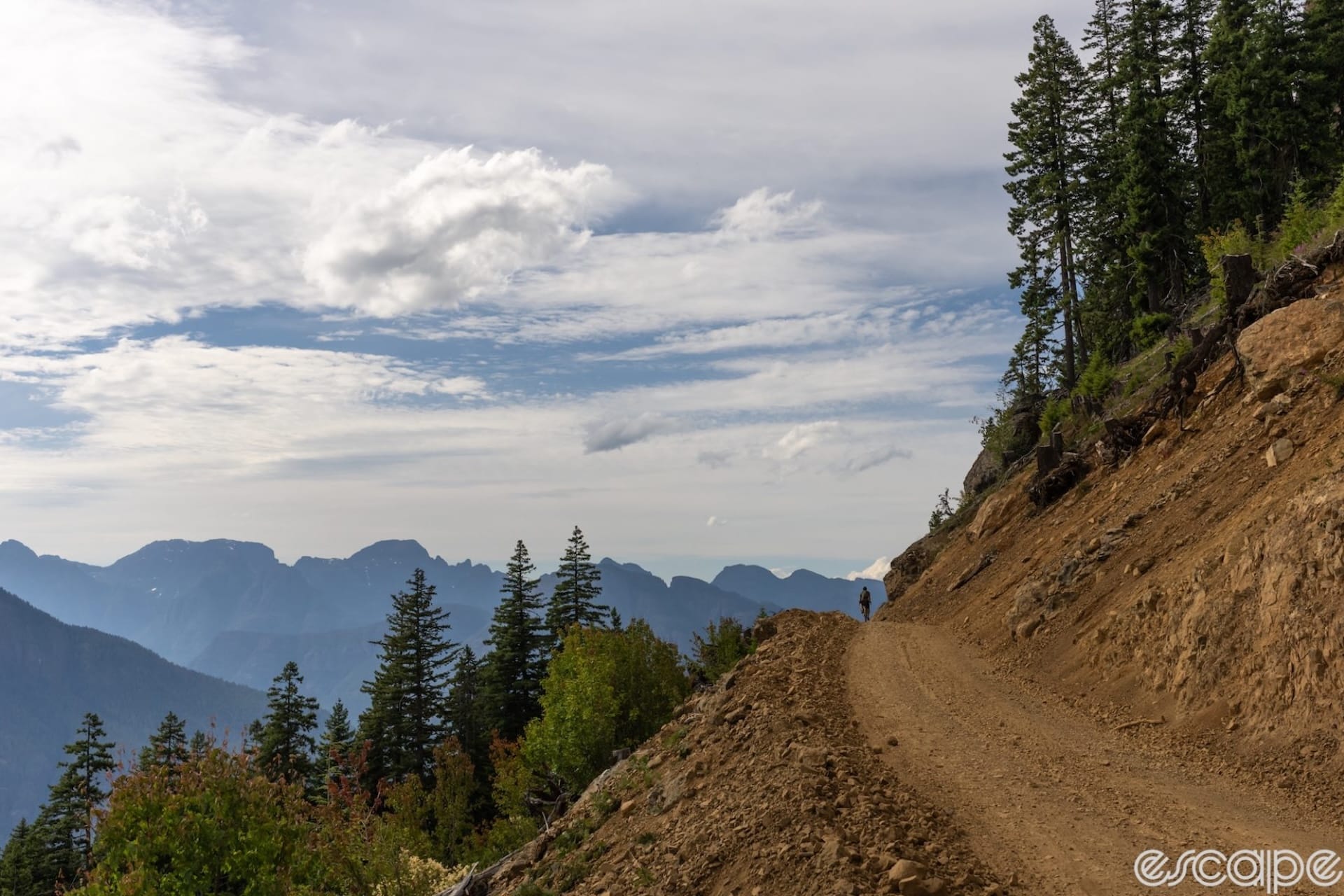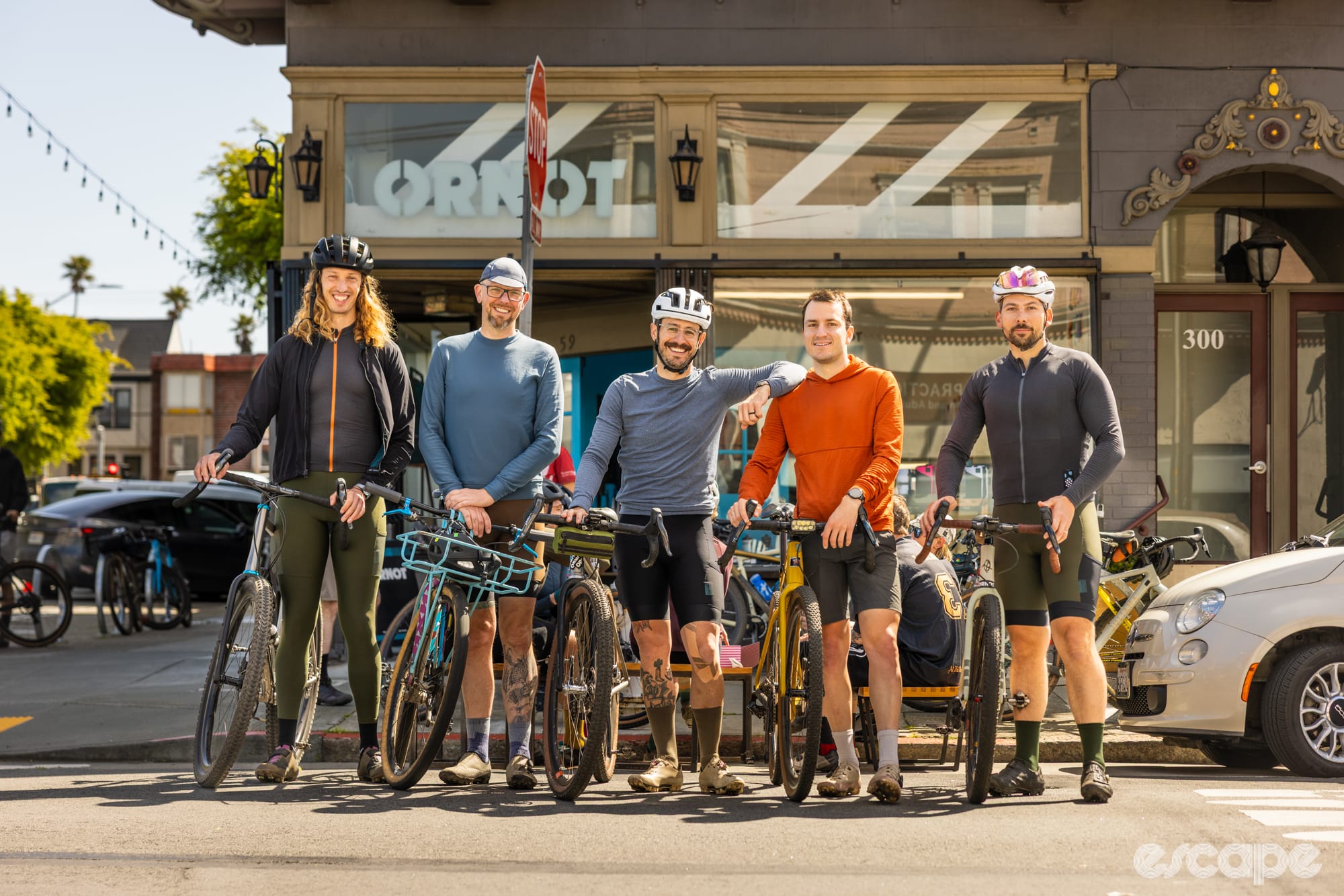
With a physical location sandwiched between two iconic open spaces – Golden Gate Park and the Presidio – with quick access to the expansive Marin Headlands, Ornot embodies an ethos around riding bikes, minimal branding, quality products, and good times. The brand has experienced steady growth during its nearly eleven years in business and recently expanded its footprint to include a retail storefront. Yet, as with any business, success comes with plenty of challenges and Ornot is certainly not immune.
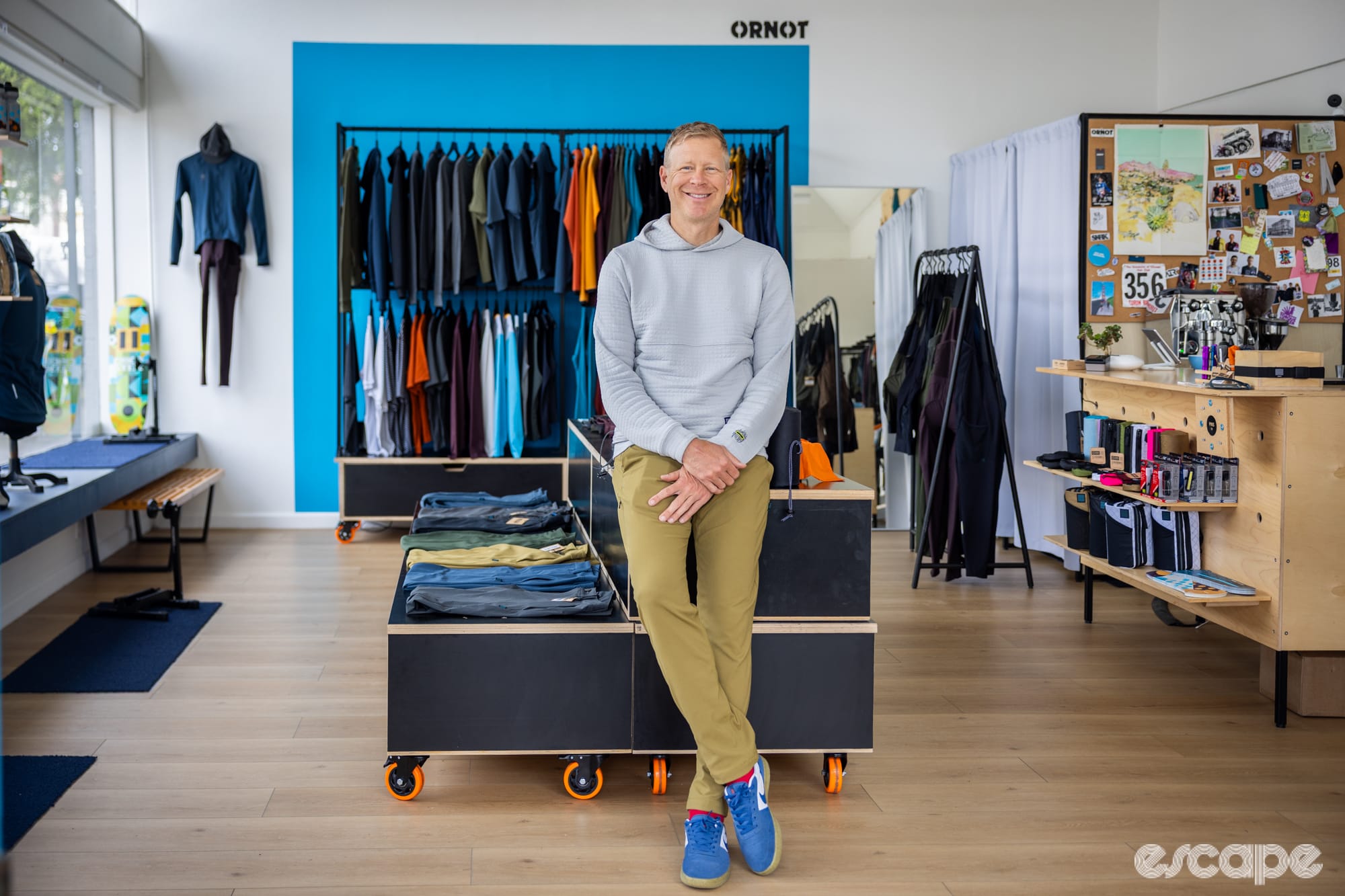
A graphic designer by trade, Quann was inspired early on in his career to create an alternative to what he viewed were overblown graphics and branding on cycling kits of the time. He wanted less. Much less.
What originally began as a side project to his full-time design work, the Ornot brand launched in 2013 with simple short-sleeved jerseys and bibs that were mostly black except for some minor color blocking. While we might take this type of design for granted today, it was far less common a decade ago.
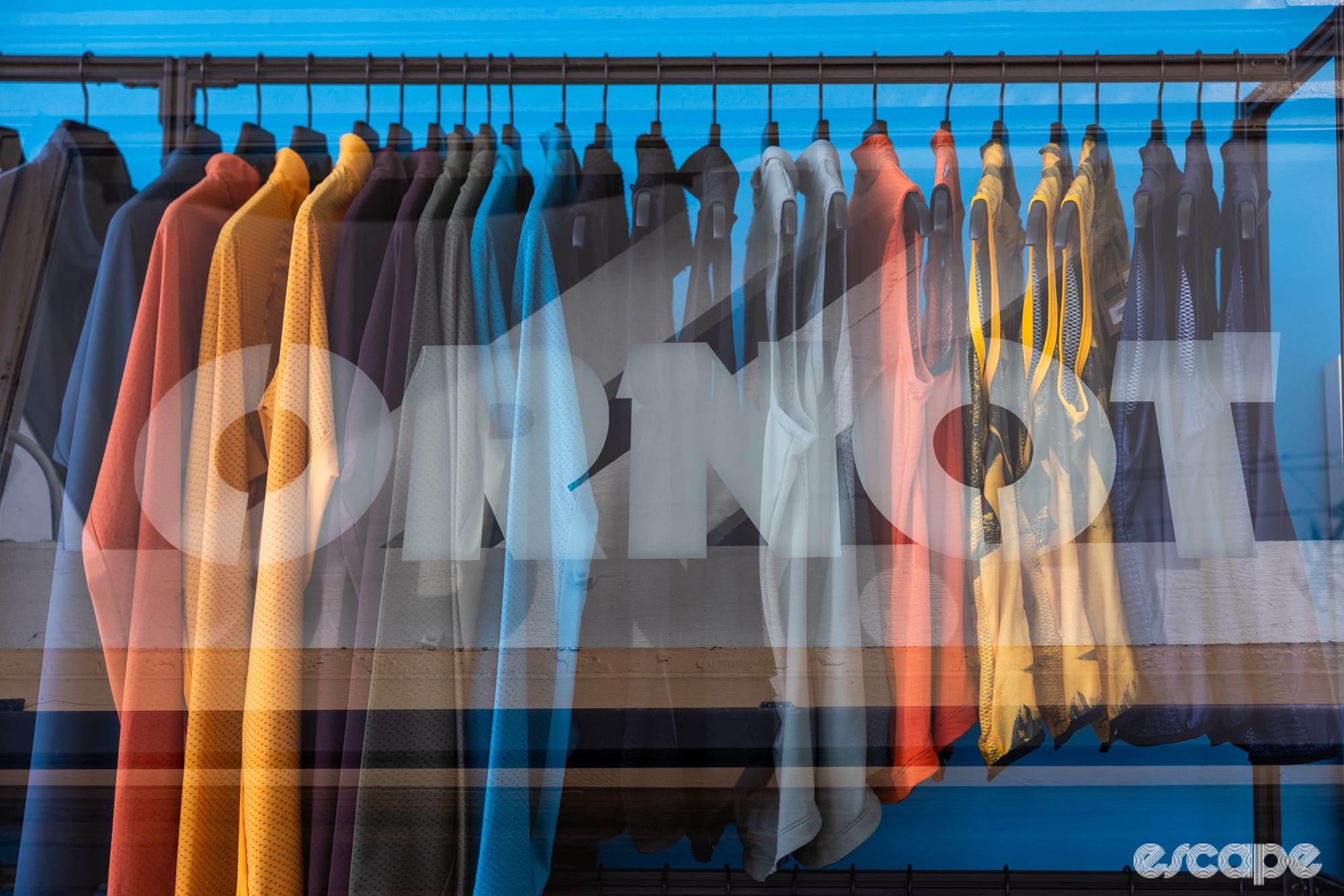
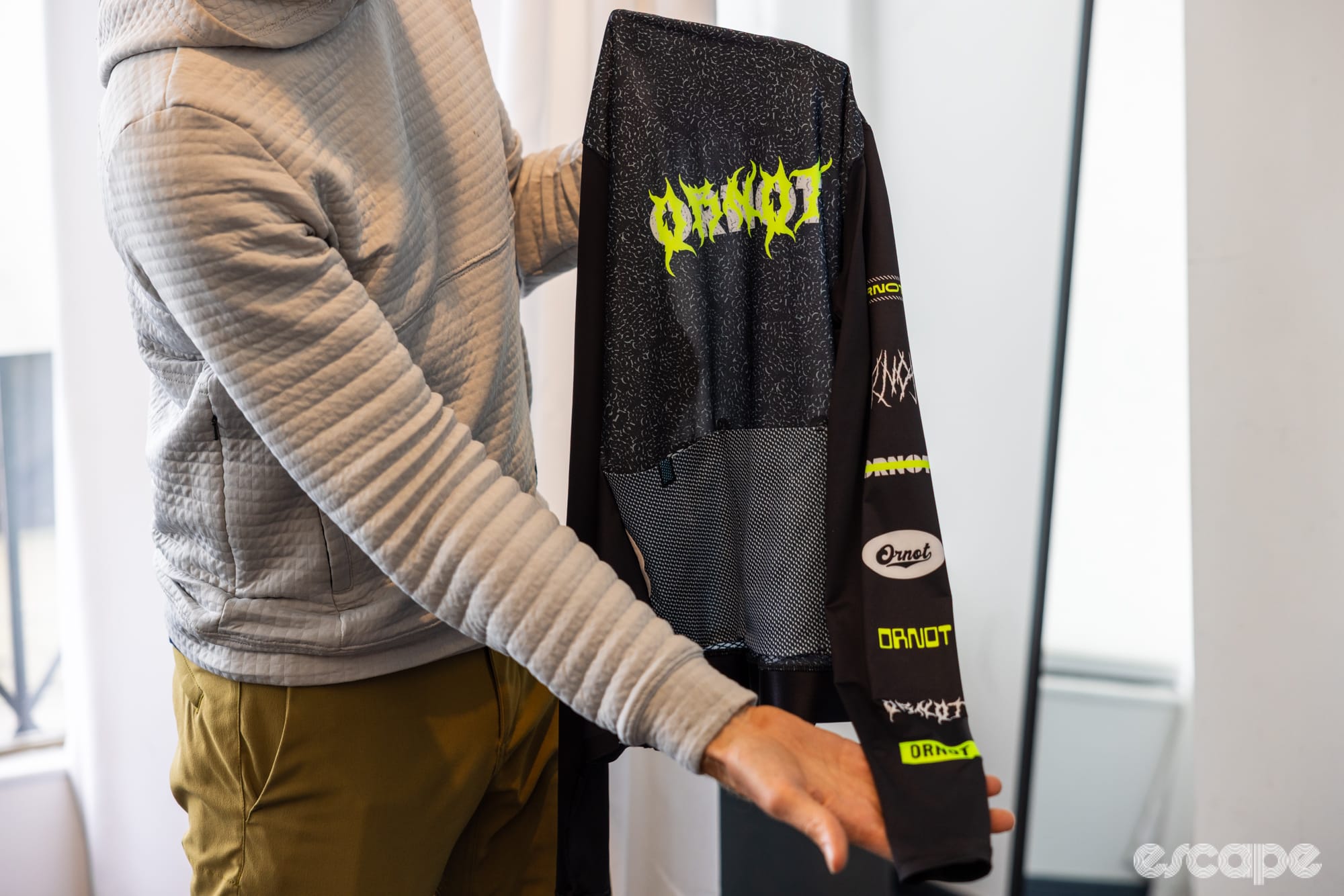
Right: Matt showing the new "metal" jersey that started as an overly logo'd joke
In reference to the comment section of an old design blog he used to follow, which questioned why all cycling clothing was “so ugly with crazy logos on everything” Quann said, “And as I was reading that, I mean, I thought the same thing. I was currently racing on a team that was sponsored by Muscle Milk, and so our race kit had their logos all over it. And I was like, 'Yeah, YES to this,'" he says of the backlash to splashy logos. "I'm a designer, I race bikes, and I am embarrassed by the clothing that I have to wear … And that was kind of like the impetus for starting this as a side project.”
Did we do a good job with this story?

